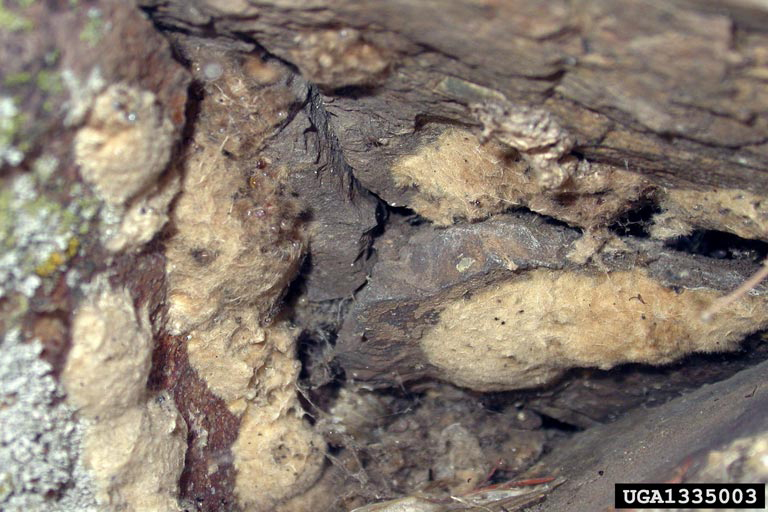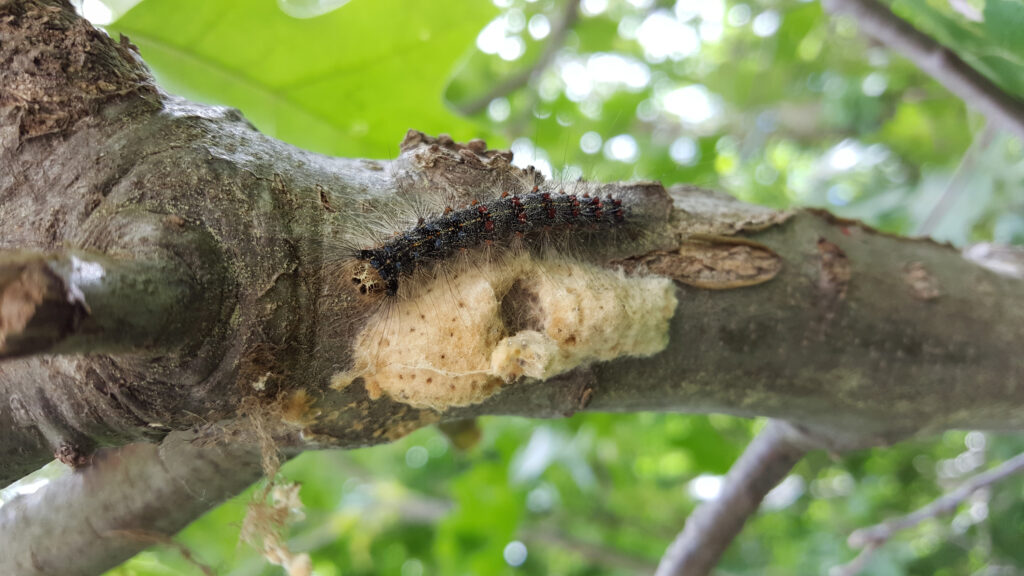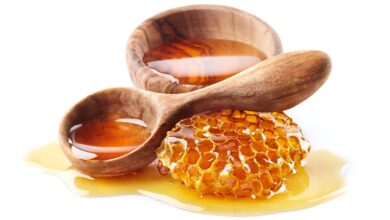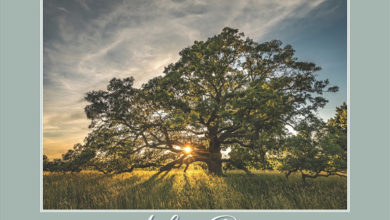Overcoming Gypsy moth infestations
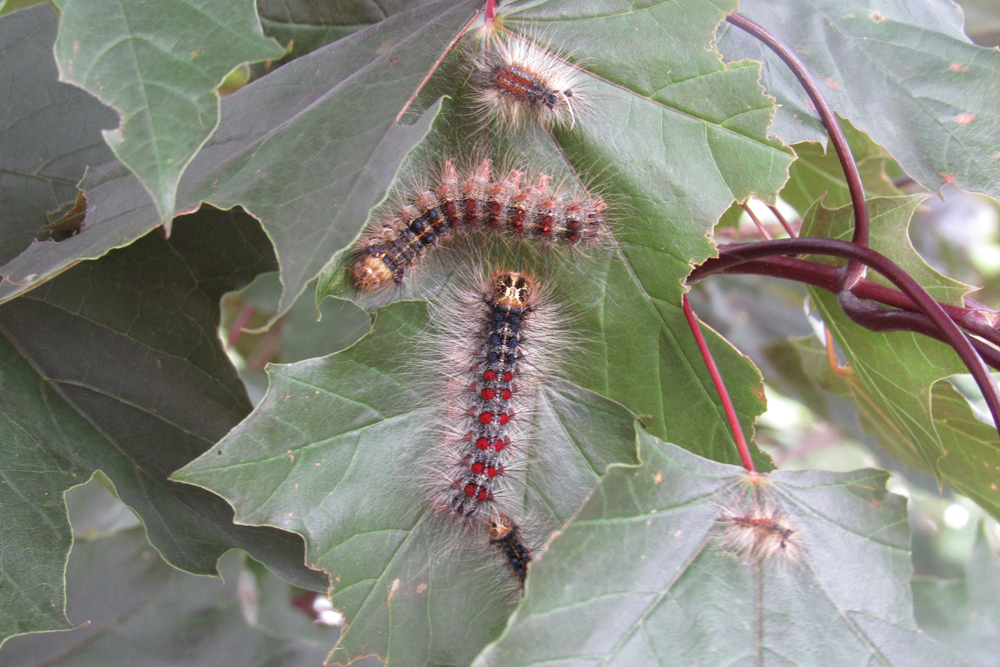
Our area has experienced an infestation of Gypsy moth caterpillars this year. There are some ways homeowners can manage the invasive pests, which can severely defoliate trees and shrubs with their voracious appetites.
Gypsy moth caterpillars feed on the leaves of forest, shade, ornamental, and fruit trees as well as shrubs (they are not picky eaters). Cornell University says that a single defoliation can be fatal for evergreens, but hardwoods can sustain two or more defoliations before being killed.
If you have been dealing with Gypsy moth caterpillars devouring your trees and shrubs, there are some things you can do to manage and even overcome the damage.
Illinois Extension says you can help your trees by keeping them well watered and fertilized. This helps them fight the caterpillar feedings. Healthy trees can produce an abundance of chemicals, such as phenols, in their leaves. When caterpillars eat these leaves, their size is reduced, and thus the size of the female’s egg mass is also reduced.
Nature loves diversity, and incorporating a mixture of plants into your landscape also helps to minimize the impact of Gypsy moths. One way to significantly reduce caterpillars is by removing egg masses, which can be scraped off trees and other objects. You will start to see egg masses later this summer. They last through the fall, winter, and into early spring before the eggs hatch. Cornell University says to look for the overwintering egg masses on tree trunks, rocks outcroppings, fences, sides of buildings, and woodpiles. You might even find them hidden in and on your flower pots at the end of the season. I found the 1.5-inch long by .75-inch wide egg masses at the bases of trees, especially those protected by nearby plant growth. The southeast side of the tree was also favored. The egg masses are covered by a dense mat of buff-colored hairs and are hard and velvety to the touch. Older ones become faded and soft to the touch. Carefully scrape the egg masses into a solution of soapy water – you do not want to let eggs fall down to the soil.
Michigan State University Extension says you can spray egg masses in the spring when hatchlings cluster on them and acclimate to their surroundings. Use a spray bottle with soapy water to soak them before they have a chance to disperse into the tree canopy.
Gypsy moth caterpillars also have some very effective natural controls. There are parasitic wasps, predators, and pathogens that kill the caterpillars. The fungus Entomophaga maimaiga causes a disease in the Gypsy moth larva that kills them. The fungus overwinters as a resting spore in dead caterpillars. Live caterpillars are infected in the spring. An abundance of wet weather in May and June helps facilitate the best performance of the fungus. Illinois Extension says it is possible that the fungus, which is found in soil, might even follow Gypsy moth populations.
Once infestations become high, Gypsy moths may also be killed by a viral organism known as nucleopolyhedrosis virus (NPV). This virus occurs only under outbreak conditions because caterpillars are generally crowded and stressed from lack of food, Illinois Extension says.
Hopefully, with proper management, the latest infestation of Gypsy moths won’t be devastating. A word of caution from Cornell University – the hairs on the caterpillars can be irritating and can cause itchy bumps on the skin. If you pick up, brush off or crush the caterpillars with your hands, make sure you are wearing gloves.
